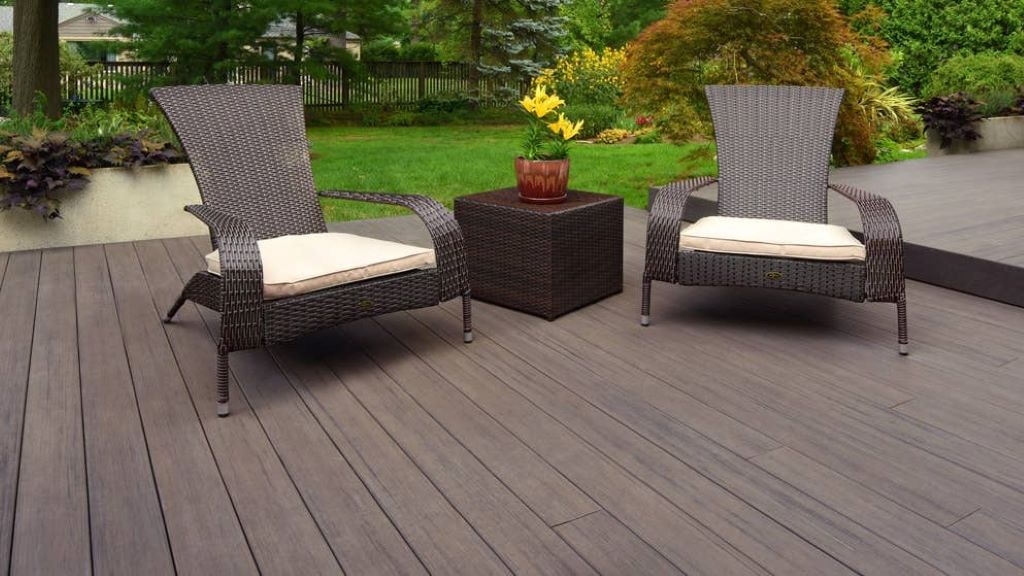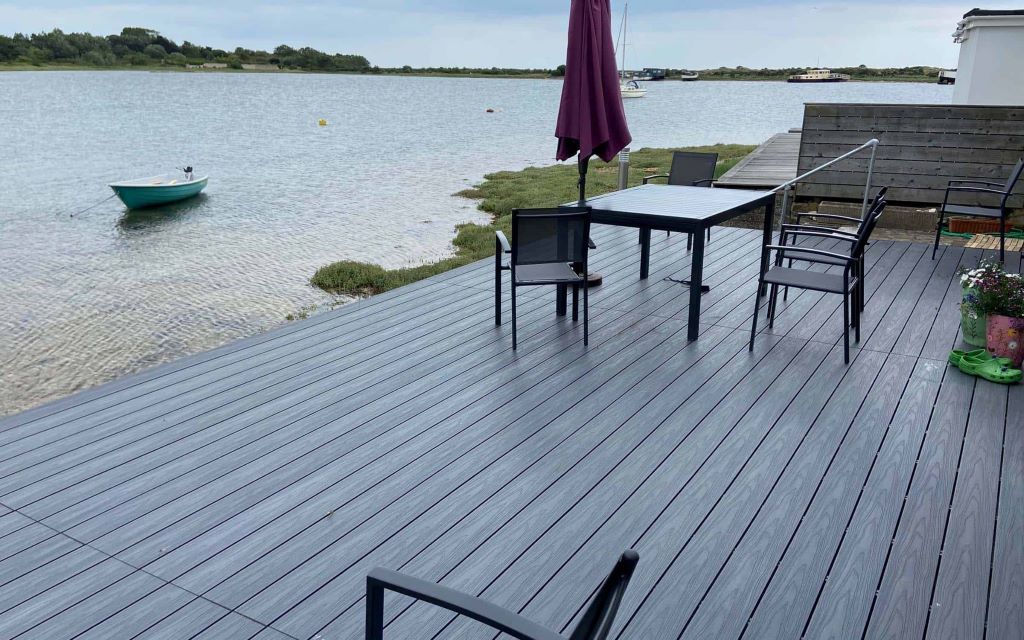Composite decking has become a popular choice for homeowners seeking a blend of durability and style. However, as with all materials, proper disposal of composite decking is essential to ensure it doesn’t harm the environment. In this guide, we’ll explore eco-friendly disposal methods for composite decking, including recycling options, and ways to reduce waste. Whether you’re replacing old decking or dealing with leftover materials, learning how to dispose of composite decking responsibly can make a positive impact on the planet.
If you’re considering home renovations and eco-friendly upgrades, you can even explore Vincent James Homes for ideas on incorporating sustainable practices into your next project.
Understanding Composite Decking: What Is It Made Of?
Composite decking is composed of a combination of wood fibers and plastic materials. These two elements are combined in a way that mimics the look of wood while offering greater resistance to the elements. Typically, the composition includes recycled wood fibers and plastic polymers, which makes it a more sustainable option compared to traditional wood decking.
However, the environmental impact of composite decking does not end once it is installed. When the decking reaches the end of its lifespan, it needs to be disposed of properly. Since composite decking is made of both wood and plastic, it does not biodegrade in the same way as natural wood. Therefore, proper disposal methods are crucial.
How Long Do Composite Decks Last?
One common question that arises when discussing composite decking is: how long do composite decks last? According to industry experts, composite decks typically last between 25 to 30 years, sometimes longer, depending on maintenance, climate, and product quality. You can read more about composite deck longevity in the detailed article here: how long does composite decking last.
With such a long lifespan, many homeowners may wonder what happens when their composite deck eventually needs to be replaced. Knowing how to dispose of the materials in an eco-friendly way is crucial to minimizing the impact on the environment.
The Environmental Impact of Composite Decking Disposal
Before diving into disposal methods, it’s important to understand why the disposal of composite decking matters. Unlike natural wood, which decomposes over time, composite materials can linger in landfills for years. This is due to the plastic content, which doesn’t break down as easily.
Additionally, the production of composite decking itself often involves the use of non-renewable resources and energy-intensive processes. While composite decking is marketed as an environmentally-friendly option because it includes recycled materials, the long-term environmental impact must be considered.
Eco-Friendly Disposal Methods for Composite Decking
Recycling Composite Decking Materials
Recycling is one of the best ways to dispose of composite decking responsibly. Many composite decking brands offer take-back programs or partnerships with recycling centers that specialize in composite materials. These recycling centers can break down the decking and use the materials to create new products, reducing the need for virgin materials.
Before opting for a recycling option, it’s important to check with the manufacturer or local recycling facilities to ensure they accept composite decking materials. Recycling can reduce waste and conserve valuable resources, making it an excellent choice for eco-conscious homeowners.
Repurposing Composite Decking for Other Uses
Another great eco-friendly disposal method is repurposing old composite decking. Homeowners can get creative by using leftover or removed decking for various DIY projects. Some ideas include building garden beds, outdoor furniture, or decorative features. Repurposing not only reduces waste but also gives the material a new life.
You can also donate used composite decking to community groups, schools, or organizations that may be able to repurpose the material for construction projects. Repurposing can help avoid sending the material to a landfill, which is better for the environment.
Composting Wood Fiber Components
Since composite decking contains wood fibers, one of the materials can be composted. While the plastic components are not compostable, the wood fibers in composite decking can break down over time. This is a great option if the decking material is a blend of wood fibers and plastic.
Before attempting to compost composite decking, it’s important to separate the plastic from the wood fibers. The plastic components can be sent to a recycling center, while the wood fibers can be composted in a large composting bin. This is a good solution for smaller amounts of leftover material that would otherwise be discarded.
Sending It to a Waste-to-Energy Facility
For composite decking that cannot be recycled or repurposed, consider sending it to a waste-to-energy facility. These facilities burn waste to generate energy, which can then be used to power homes and businesses. This is an environmentally responsible way of disposing of composite decking materials while also contributing to energy generation.
Waste-to-energy facilities help divert materials from landfills, reducing methane emissions and other harmful environmental impacts associated with landfill waste.
Landfill Disposal: A Last Resort
As a last resort, composite decking can be disposed of in landfills. However, this should be avoided if possible, as composite decking materials take a long time to break down. If landfill disposal is necessary, ensure that the decking is properly sorted and disposed of in a landfill that follows environmentally-friendly practices, such as capturing methane emissions.
It’s always better to explore alternative methods before resorting to landfill disposal. Many communities now offer special disposal programs or initiatives that focus on diverting construction and demolition waste from landfills.
How to Choose the Right Disposal Method
Selecting the right disposal method for composite decking depends on several factors, including the amount of decking you need to dispose of, the type of composite material, and local regulations. Start by checking with the manufacturer for recycling or take-back programs. If that’s not an option, explore local recycling centers or waste-to-energy facilities.
The Future of Composite Decking Disposal
The eco-friendly disposal of composite decking is becoming a more pressing issue as more homes adopt this material for their outdoor living spaces. As technology advances, new recycling methods may emerge to make the process easier and more efficient. In the meantime, it’s up to homeowners, manufacturers, and local governments to collaborate and find sustainable solutions for composite decking disposal.
By taking proactive steps to properly dispose of or repurpose composite decking, we can reduce its environmental impact and create a more sustainable future.
By following these eco-friendly disposal methods, you can make a positive difference in the environment. Whether through recycling, repurposing, or utilizing energy recovery options, there are several ways to dispose of composite decking responsibly. Make informed decisions and contribute to a greener planet with each home improvement project.
Read More: Reasons To Add An Occasional Chair To Your Home Decor







